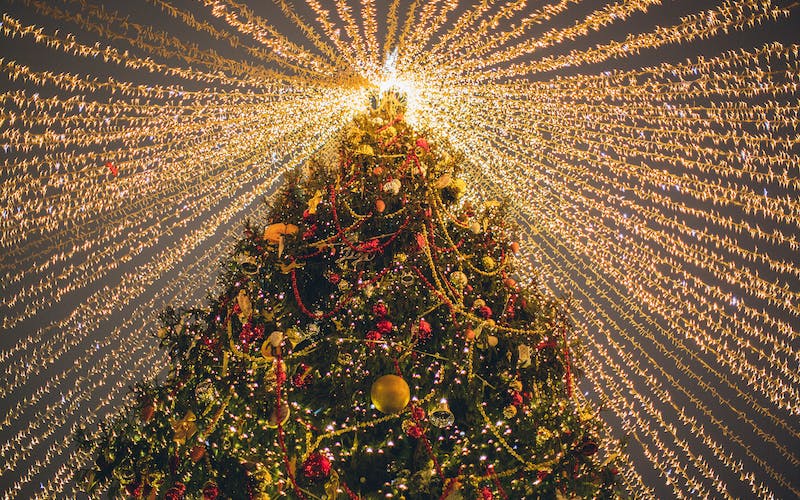The festive season is incomplete without the shimmer and twinkle of luminous decorations. And while there’s no denying the allure of traditional decorations, a truly magical ambience is achieved through the delicate glimmer of Christmas lights. However, the enchantment they bring often comes with concerns about safety and energy consumption. This guide will provide valuable insights to ensure your festive illuminations are safe and energy-efficient.
Understanding the Basics of Electrical Safety
Safety should always be the top priority when it comes to any electrical installation. Even the simplest lighting arrangements can pose significant risks when poorly managed. Here’s how to keep safe:
● Inspect Before You Connect: Always check your lighting strands for any signs of wear and tear, broken bulbs, or exposed wires before plugging them in. Damaged cables can be a fire hazard. It’s surprising how many mishaps can be avoided by this simple preliminary step.
● Outdoor vs. Indoor Ratings: Ensure that any outdoor lighting is specifically designed for such use. These lights are constructed to withstand elements like rain and snow. When used outside, an indoor light can quickly malfunction or pose a hazard.
● Avoid Overloading Circuits: Plugging in too many strands into one outlet can overload circuits, leading to potential electrical fires. Spread out your connections and use power strips wisely. Strategically planning where each strand goes can not only ensure safety but can also enhance your overall display.
Choosing Energy-Efficient Illuminations
When lighting up your home for the festive season, choosing options that don’t drain excessive energy is essential. Here’s how you can make energy-smart choices:
● LED Over Traditional Bulbs: Light Emitting Diode (LED) options consume a fraction of the power that traditional incandescent bulbs do. They also last longer, reducing the need for frequent replacements. LEDs also have the advantage of being cooler, reducing the risk of burns or fire.
● Timers and Sensors: Incorporate timers or motion sensors to ensure your displays only light up during peak viewing times or when someone is present. This saves energy and adds an element of surprise for passersby.
Protecting Your Lights from Weather
For those who prefer their display outdoors, protecting your lights from the whims of Mother Nature is crucial.
● Water-Resistant Connections: Ensure all connections are off the ground and shielded from water. Specialised outdoor extension cords and protective boxes can be beneficial. Wet conditions can be unpredictable; hence it’s always best to be prepared.
● Secure Them Properly: Windy conditions can wreak havoc on your displays. Secure lights using insulated holders or clips, avoiding materials like nails or tacks that might damage the cables. When lights are securely fastened, they’re less likely to get tangled or damaged.
Safe Installation Techniques
Setting up your display can be as risky as the display itself if not done correctly. Always:
● Use Proper Ladders: If you need to reach high places, ensure you’re using a sturdy ladder with someone spotting you from below. A good rule of thumb is to always maintain three points of contact on the ladder.
● Keep Cords Clear: Ensure that no cords pose tripping hazards. Hide them effectively or use cord covers to keep them in place.
Wrapping Up the Festive Season
When the season comes to a close, storing your illuminations properly ensures they’re ready for the next year and reduces potential hazards:
● Cool Before Packing: Before taking them down, switch them off and let them cool. This prevents any potential damage when they’re bundled up.
● Original Packaging is Best: The boxes and spools that your illuminations came in are designed to protect them. Use these for storage, ensuring they’re kept in a dry place.
In conclusion, while Christmas lights can transform your space into a festive wonderland, it’s crucial to prioritise safety and energy efficiency. With these guidelines in hand, you can ensure that your seasonal decorations not only captivate but also remain hazard-free and environmentally friendly.




